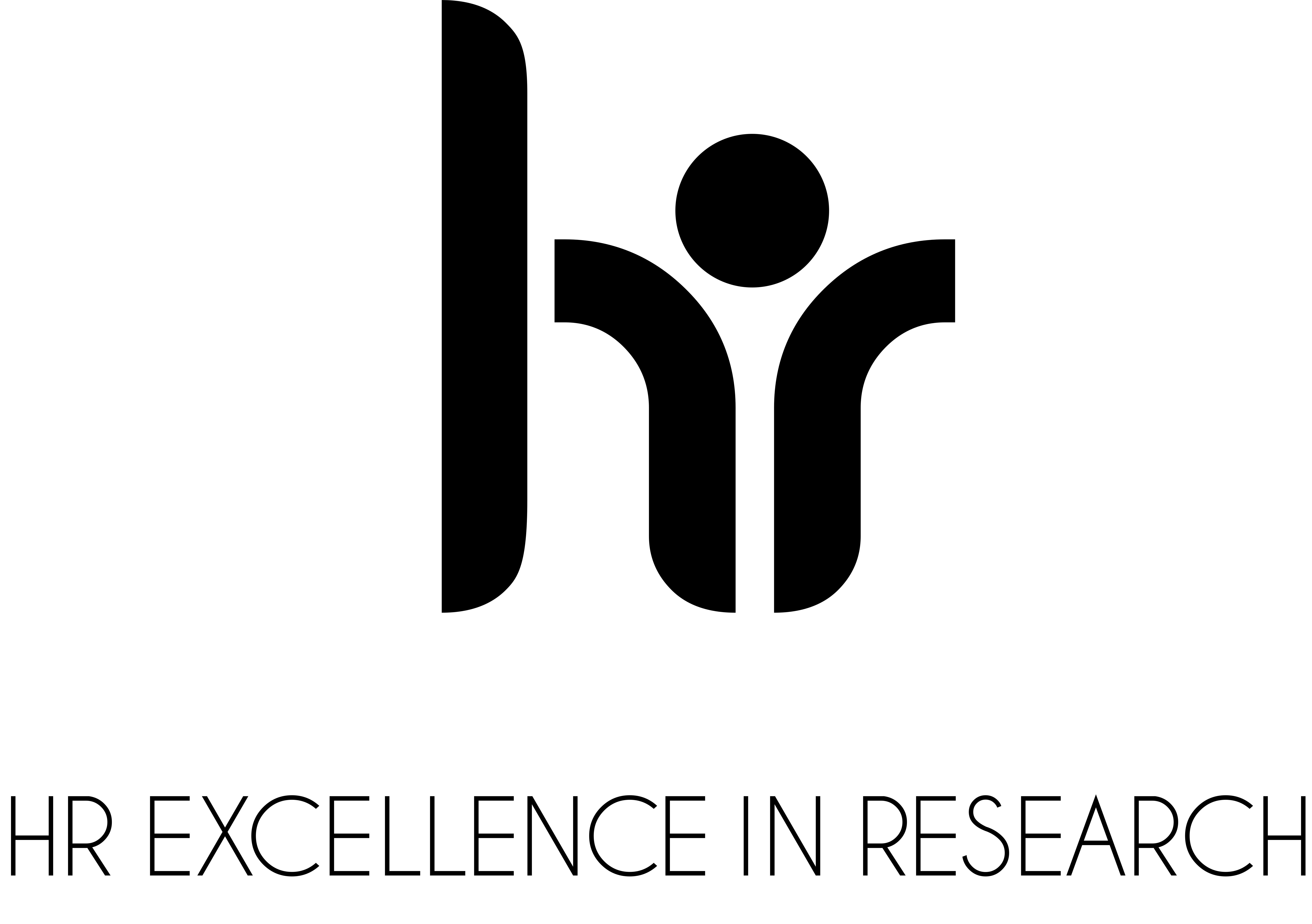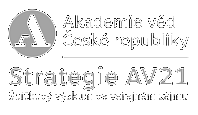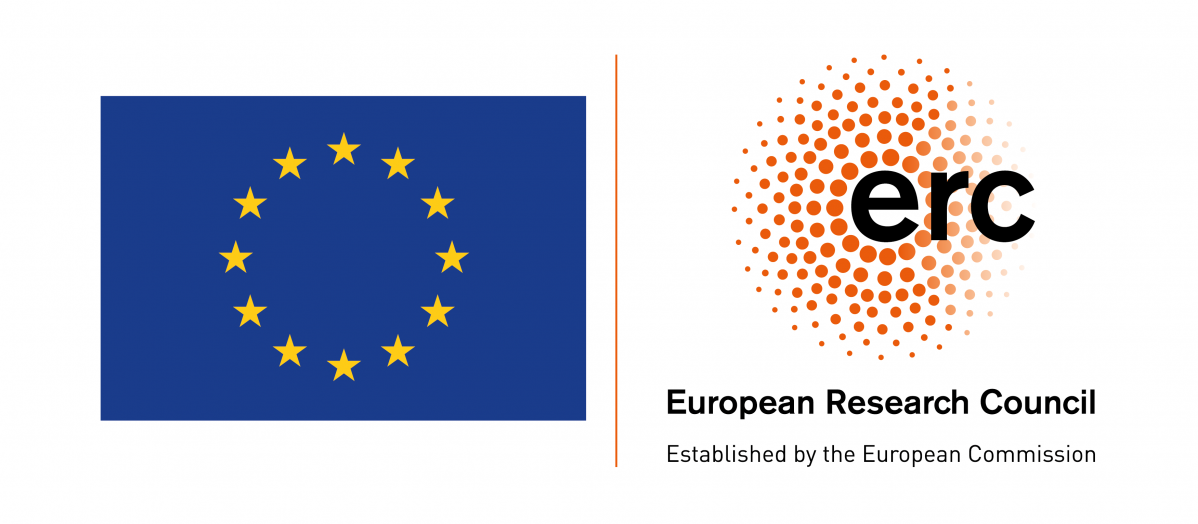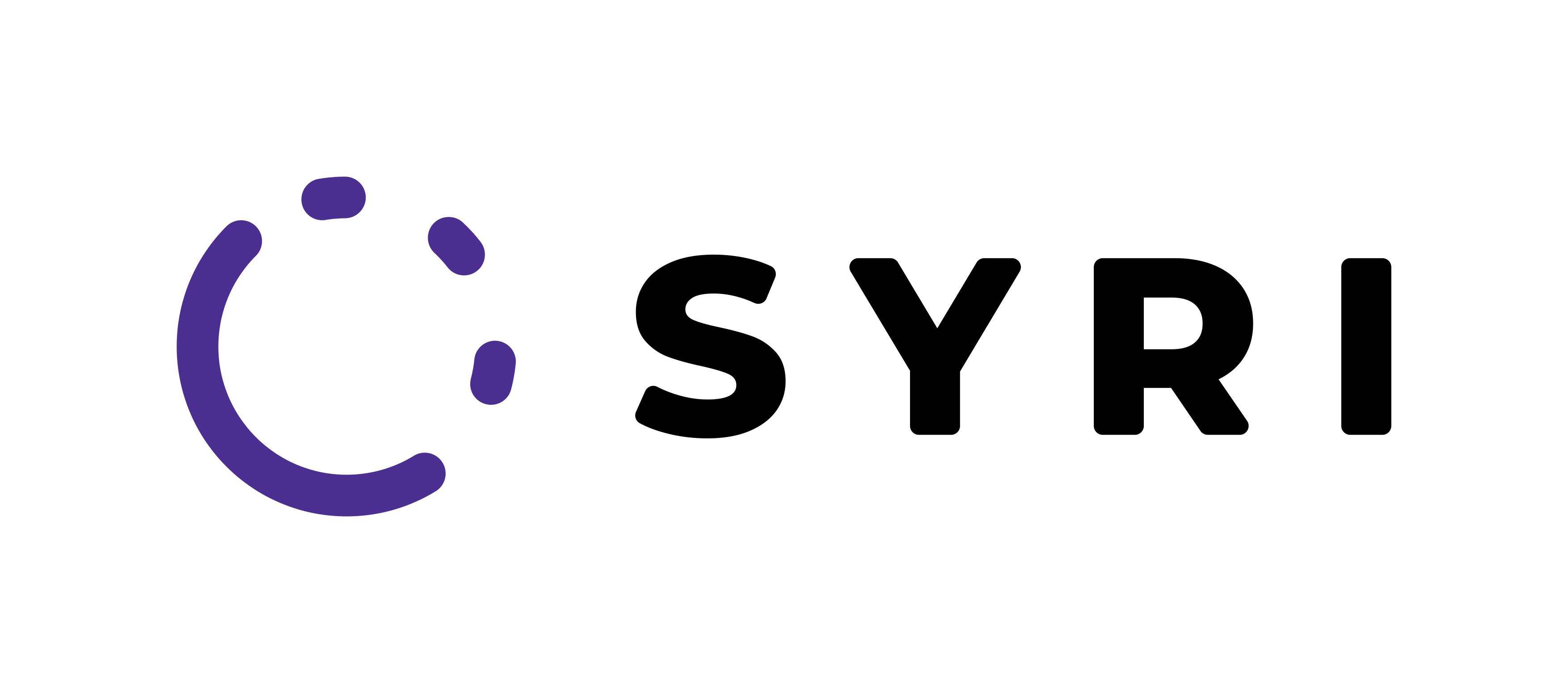Abstrakt
The scholastics used probabilis as predicate for the legitimate adoption of opinions. In the Middle Ages, an opinion was mainly called probable if it was, according to Aristotle's topical definition, held by "the wise and the many". On this basis, two logically incompatible opinions could be considered probable at the same time, yet without entailing the rational assertability of both sides in a dispute. This changed in 17th century scholasticism. After a short flourishing of watered down, but no longer Aristotelian characterizations of scholastic probability, the predicate probabilis was widely defined as explicitly entailing rational assertability. The simultaneous rational assertability of incompatible opinions by epistemic peers (and hence the possibility of reasonable disagreement) was justified by some scholastics with a distinction between commensurable and incommensurable evidence. Moreover, weak and strong forms of rational assertability were distinguished and, at least by one influential author, explained with a lottery paradox. In sum, detailed accounts of the possibility of reasonable disagreement emerged in Baroque scholasticism.
Pozvánka
Pozvánka je ke stažení ZDE.






